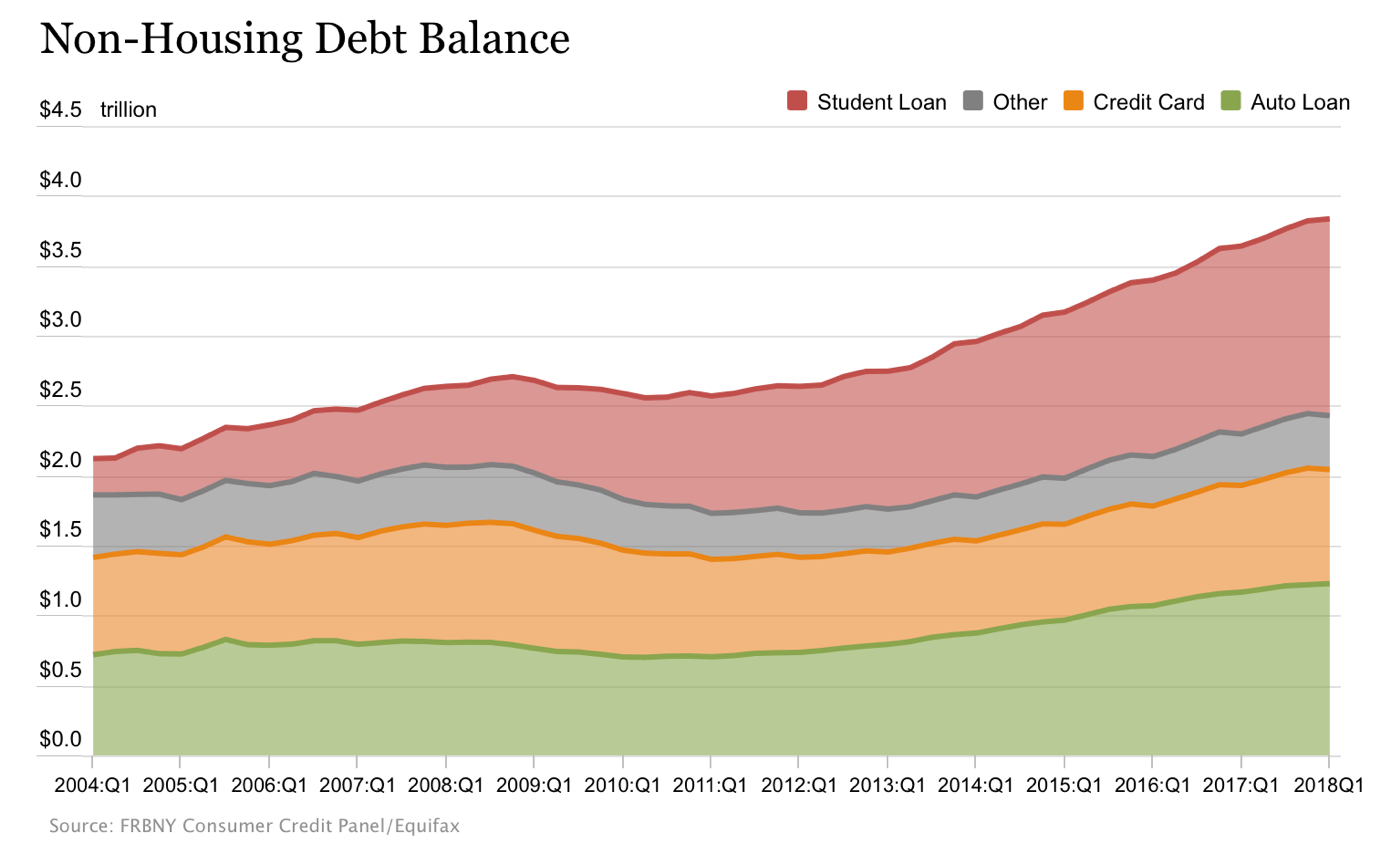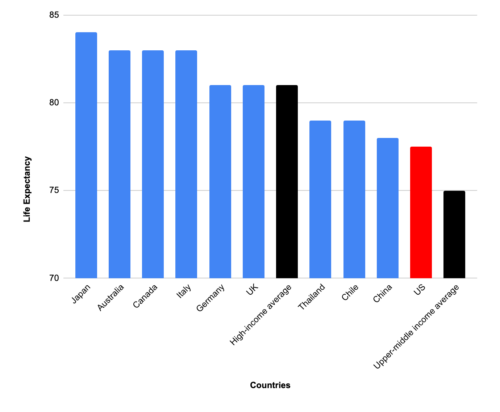Benefits and Flexibility for Workers in the Gig Economy
By: / 05.21.2021
The gig economy has provided opportunities for workers who aren’t able to find or aren’t interested in full-time regular employment. Traditional jobs require workers to show up at a particular location and work a predetermined schedule set by the company. Ride-hailing and delivery gigs allow workers to set their own schedules and work as much or as little as they like. This flexibility is a key component of why independent workers choose to participate in the gig economy. But that doesn’t mean the current arrangement is perfect.
Gig workers often aren’t able to access the benefits that regular employees tend to receive in addition to their wages. Health insurance, retirement plans, vacation days, and other benefits are highly valuable pieces of total compensation for full-time employees. If gig companies were to provide independent workers with benefits, they would be forced to reclassify them as employees, which brings a host of onerous rules and regulations that are incompatible with the dynamic and flexible nature of the gig economy.
Fortunately, it seems there is another way forward to improve the lives of gig workers by securing them benefits while maintaining the flexibility they desire. As Michael Mandel and I detailed in a paper last year for the Progressive Policy Institute (PPI), Congress should allow gig companies to opt into an alternative model. Under our proposal, workers would be able to accrue benefits in proportion to the hours they work across a wide array of platforms and then select which benefits they want from a cafeteria style plan (the ability to choose is critical because sometimes workers already receive benefits such as health insurance from a spouse or other family member).
Voters seem to like this approach of offering more benefits to gig workers while letting them keep their flexibility. Last year, California voters approved Prop 22, which overturned AB-5, a controversial state bill that reclassified a broad array of independent contractors as employees. The results of this ballot proposition were not particularly close: 59% voted in favor, 41% voted against. According to the Los Angeles Times, Prop 22 found its highest support in low-income and minority communities:
A Times examination of precinct-level data in Los Angeles County shows the companies’ argument held sway in its dense core, finding support in lower income areas including plurality-Black neighborhoods such as Inglewood and Compton, and majority-Latino East Los Angeles. It also won suburbs in the San Fernando Valley, affluent communities such as La Cañada Flintridge, and rare Los Angeles precincts where President Trump was victorious in Beverly Hills and Santa Clarita.
A band of wealthy or increasingly affluent liberal-leaning neighborhoods stretching from Santa Monica and Venice, across to Los Feliz, Highland Park and South Pasadena mounted the strongest opposition, decisively voting down the measure.
So, what did drivers get in exchange for maintaining their classification as independent contractors? According to Quartz, Prop 22 “guarantees gig workers new, limited healthcare subsidies and accident insurance, some reimbursement to account for gas and other vehicle costs, and a ‘minimum earnings guarantee’ equal to 120% of the minimum wage applied to the drivers’ ‘engaged’ time.” Not only do voters approve of this model, but drivers do too. According to one survey of Uber and Lyft drivers, around 70 to 80% of respondents prefer being independent contractors to employees.

A broader survey from the Bureau of Labor Statistics found that “Independent contractors overwhelmingly favored their alternative employment arrangement (79 percent) to a traditional one (9 percent) in May 2017.” In total, these data points show that worker benefits and flexibility are a winning combination for the gig economy.







